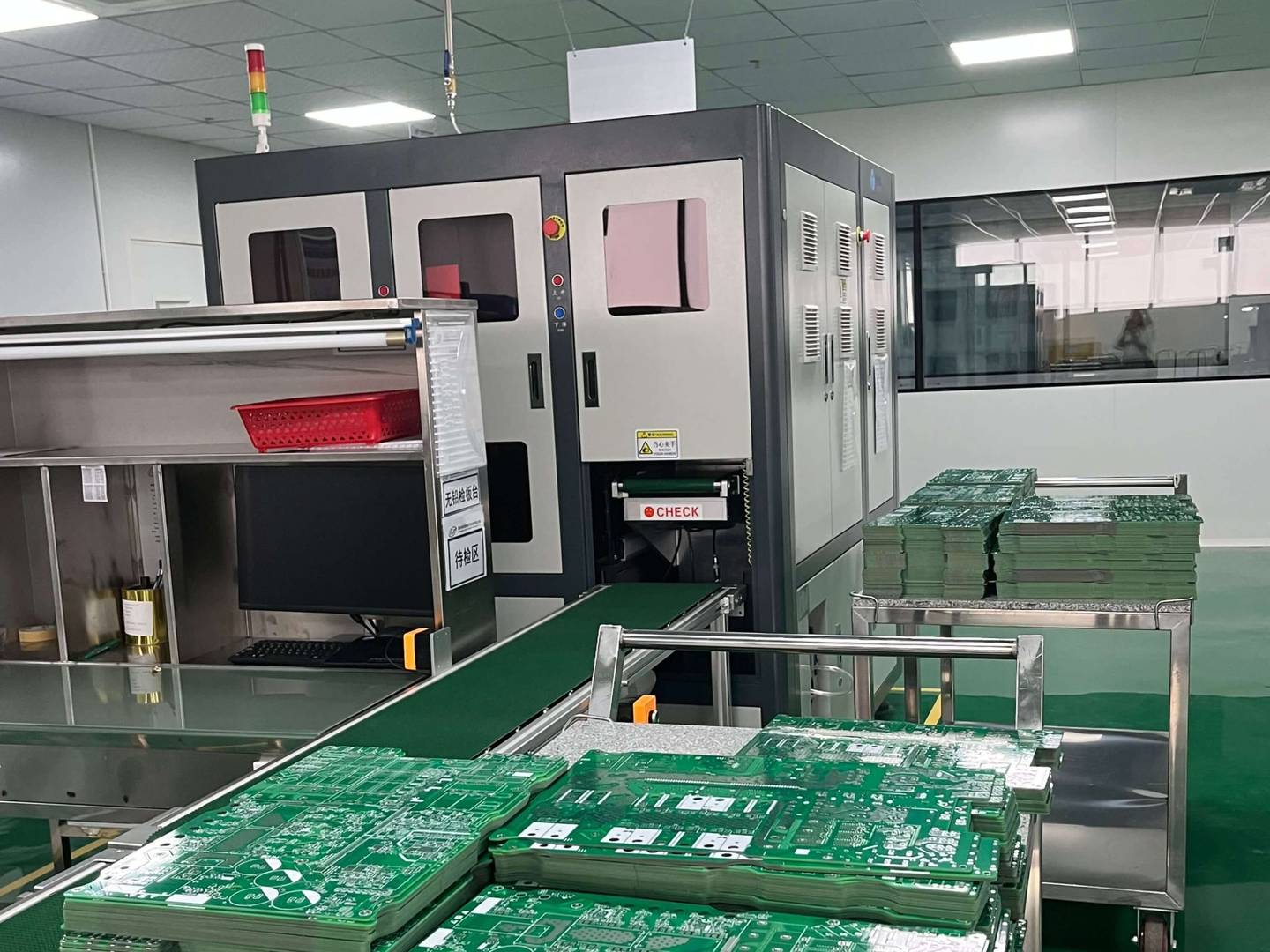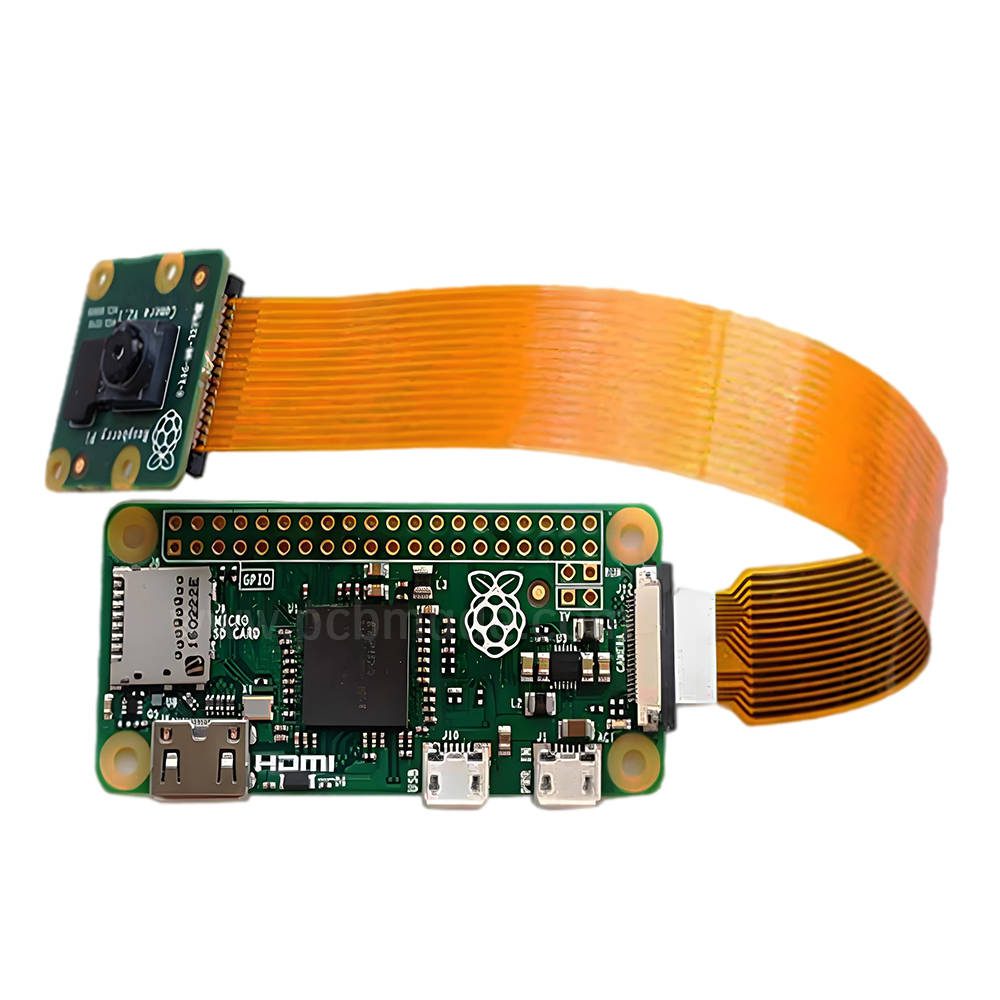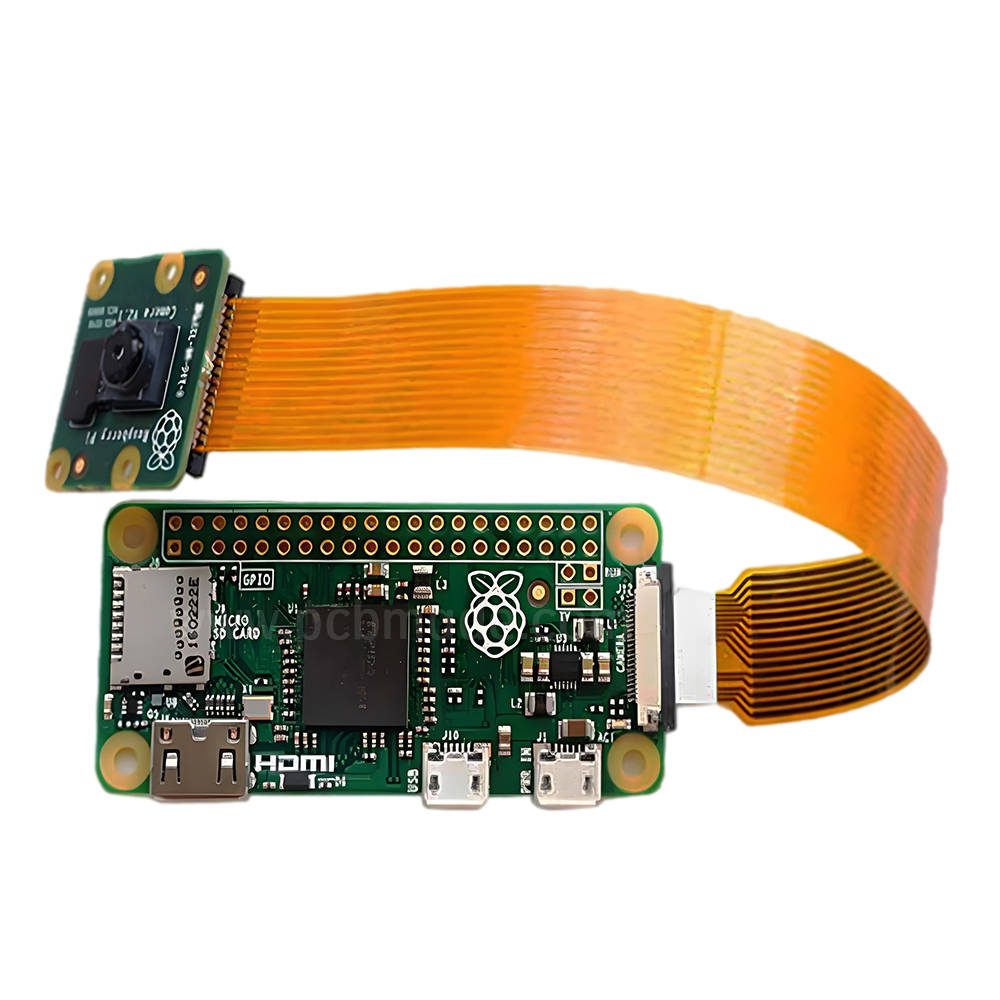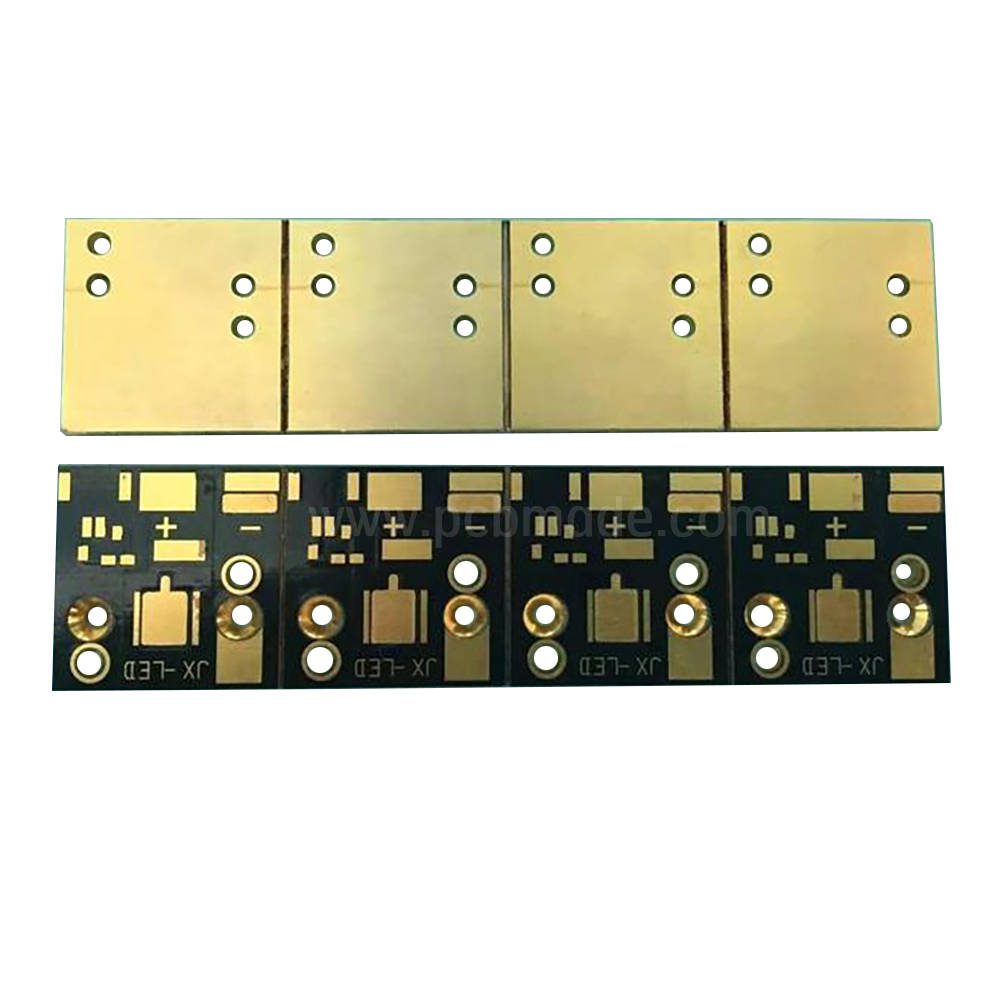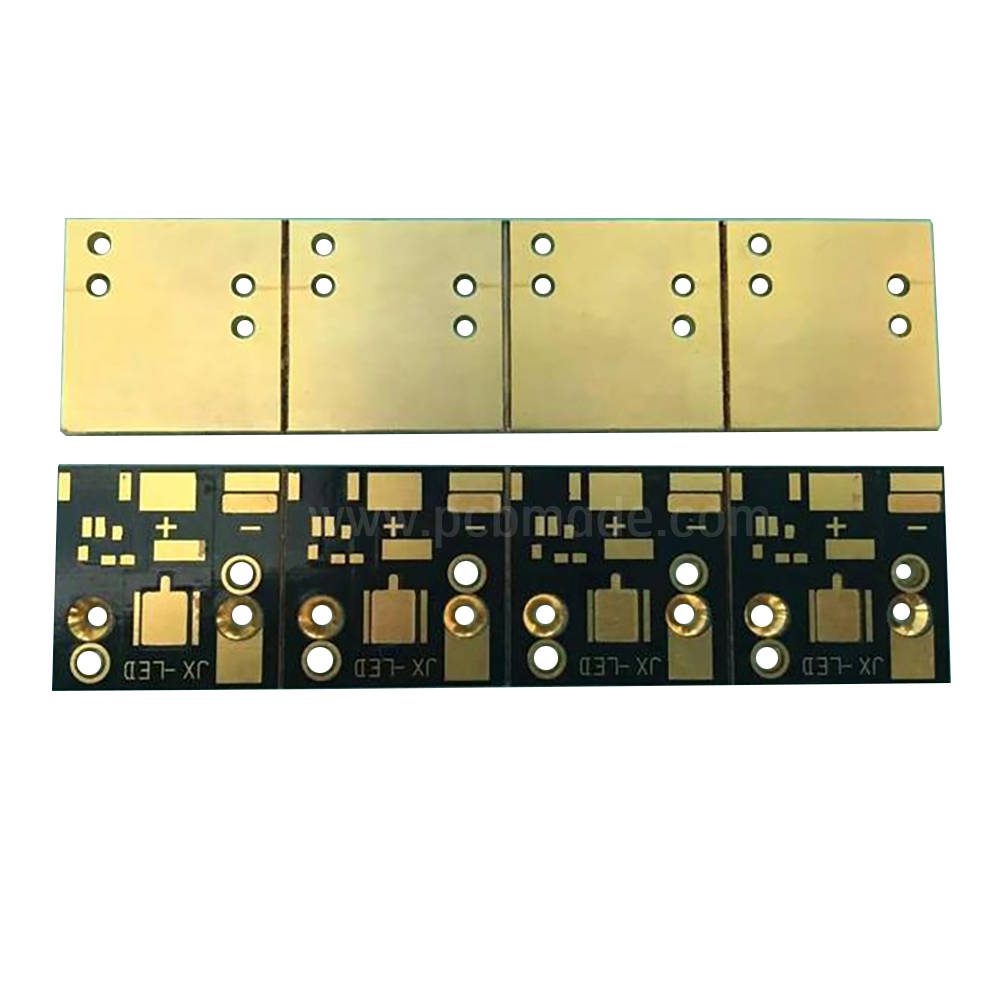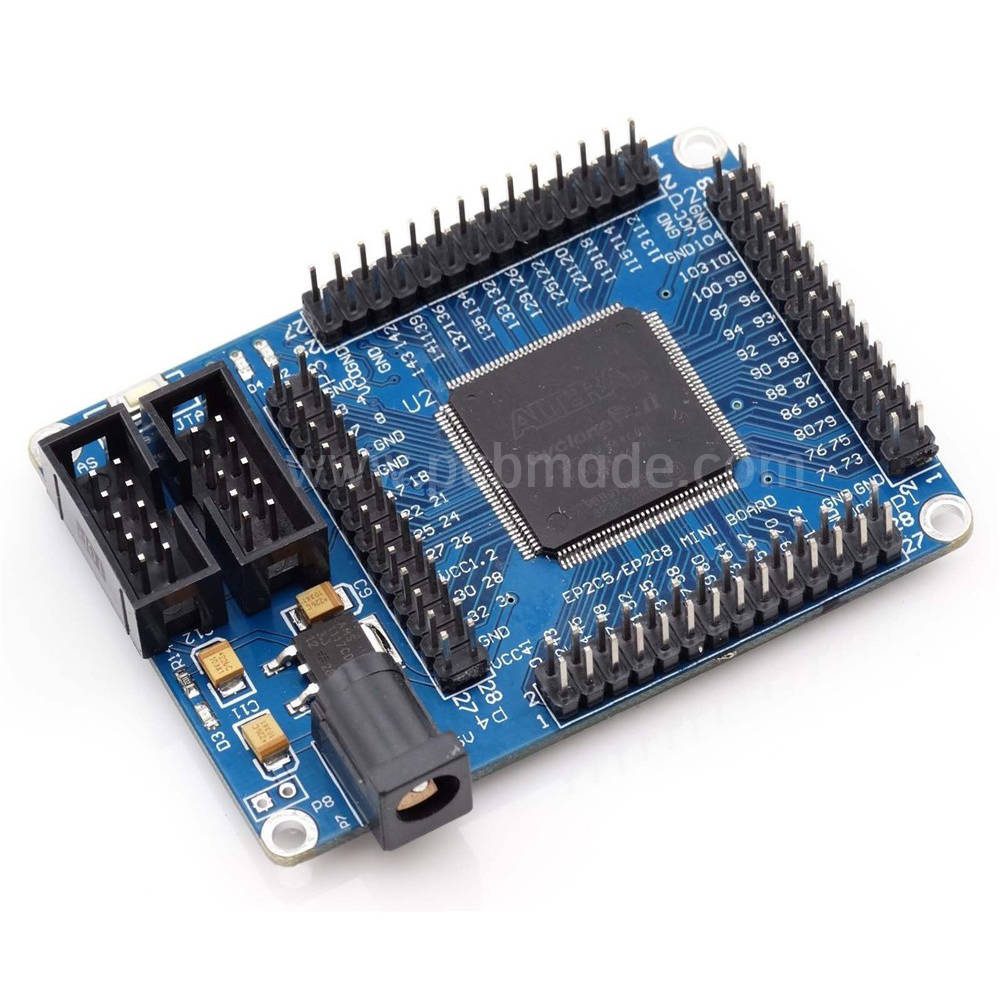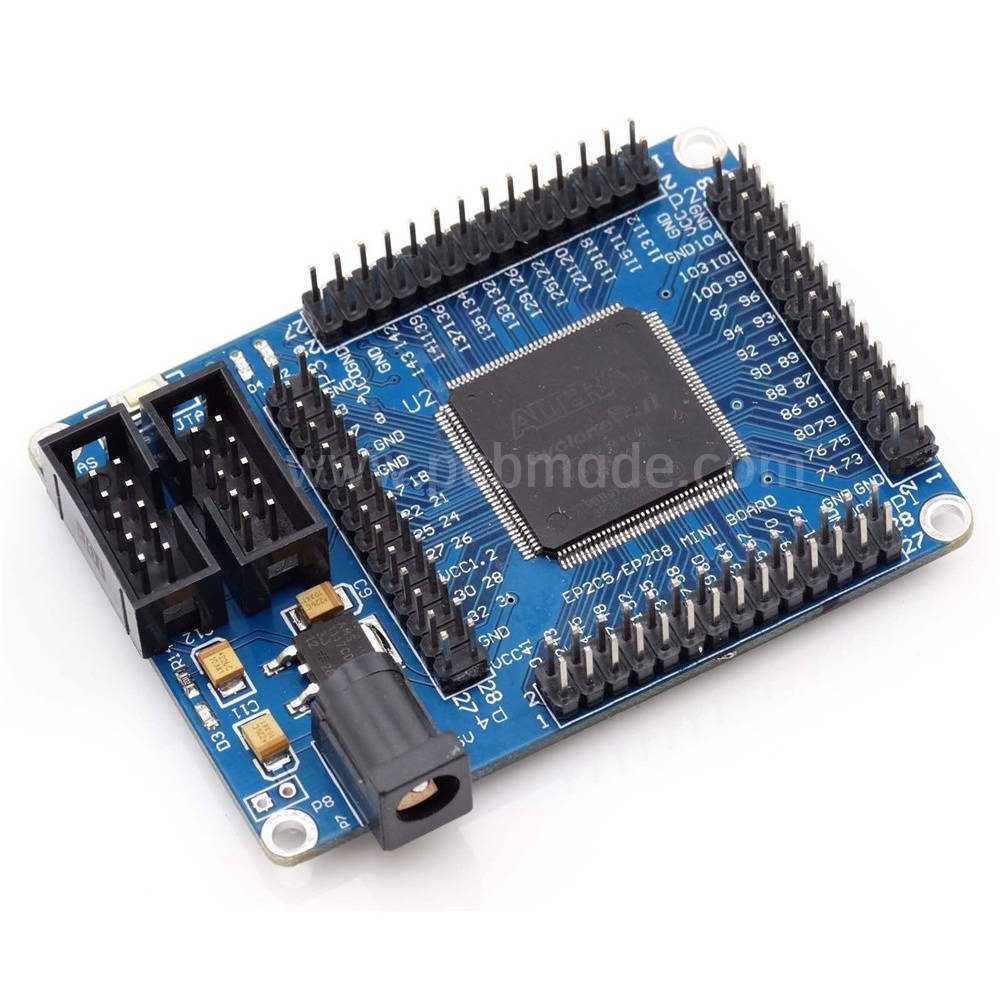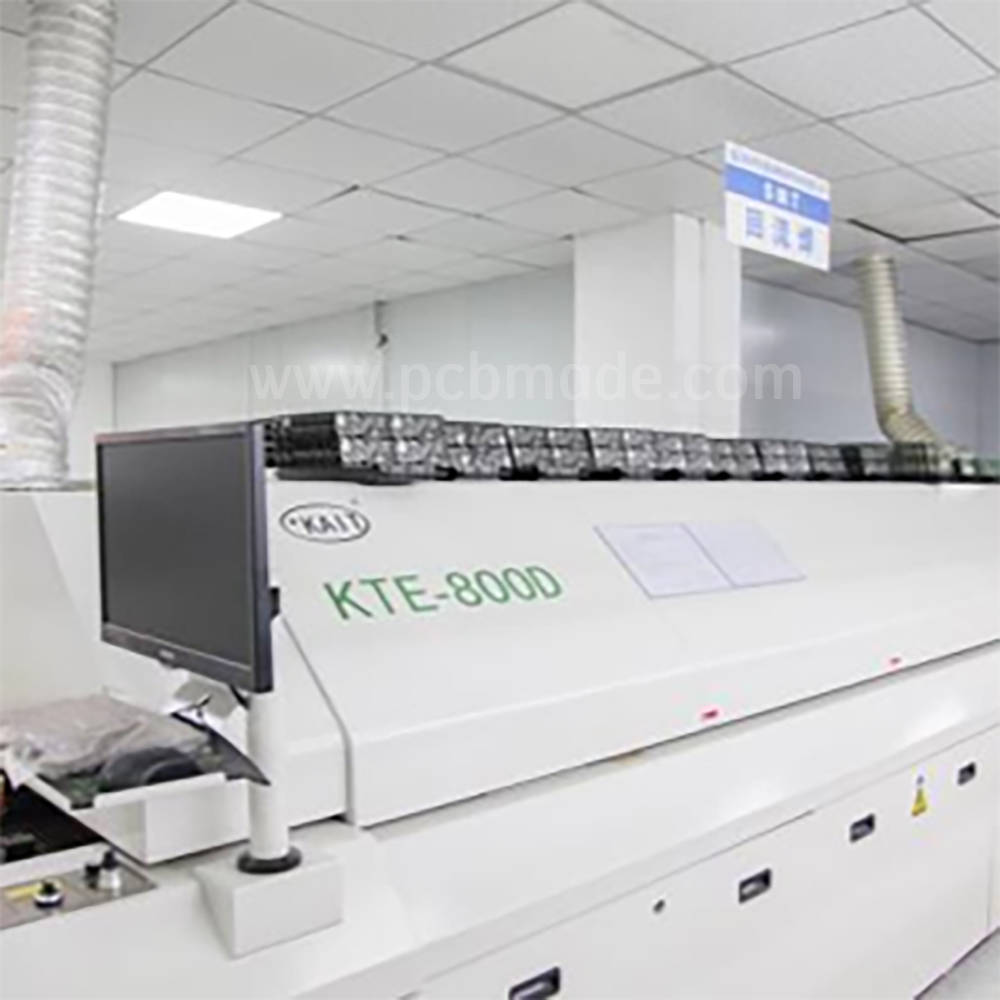As the foundation of the electronics field, mastering the skill of drawing PCB circuit boards is essential for every electronic engineer. It is very important for both professional circuit designers and beginners to understand the basic knowledge and skills of drawing PCB circuit boards.
一、 Essential knowledge
1. Basic knowledge of circuits: Before drawing a PCB circuit board, you need to have a certain understanding of circuit principles and basic components. Understanding the composition and working principle of circuits can help you better understand the design and layout of PCB circuit boards.
2. PCB design software: Proficiently mastering an excellent PCB design software is a basic requirement for drawing circuit boards. Common PCB design software include AltiumDesigner, PADS, OrCAD, etc. By learning and using these software, you will be able to perform related operations such as circuit schematic drawing, component selection, and layout.
3. PCB manufacturing process: Understanding the PCB manufacturing process is one of the key factors in drawing circuit boards. Familiarity with the PCB manufacturing process and knowing how to choose the appropriate manufacturer are crucial for ensuring the quality and performance of the circuit board.
4. Device packaging: Mastering the packaging types and sizes of different devices is crucial for the layout and design of circuit boards. Familiar with the packaging forms of various common devices can help you arrange the component layout on the circuit board reasonably, improve the performance and reliability of the circuit board.
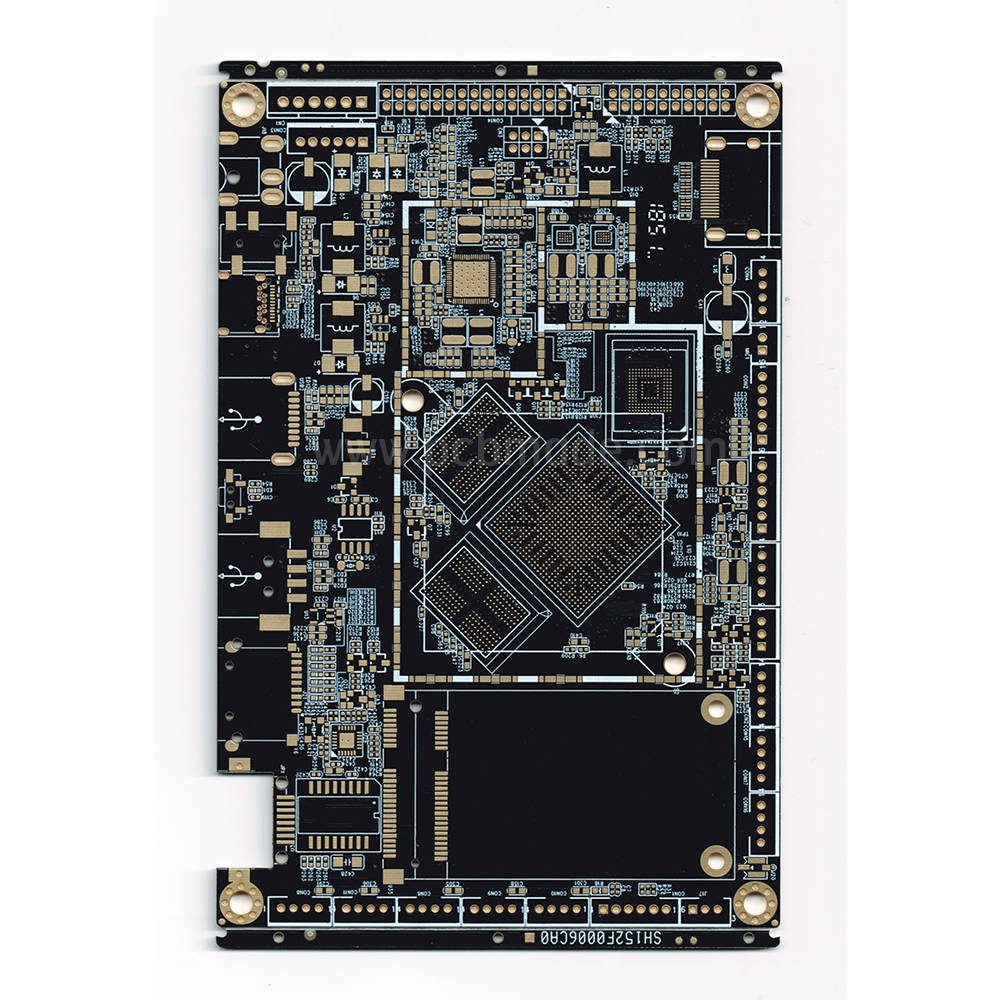

二、 Key points of skills
1. Layout optimization: A reasonable circuit board layout can improve the performance and reliability of the circuit. Be careful to avoid interference between components and reduce signal crosstalk and noise. At the same time, arranging the positions of components on the circuit board reasonably can facilitate soldering and maintenance, and improve the operability of the circuit board.
2. Layout of power and ground: Power and ground are the most critical parts on the circuit board. Reasonable layout of power and ground can reduce power noise and signal crosstalk. During the layout process, separate the power and ground wires to avoid mutual interference, and use wide and short power and ground wires to reduce resistance and inductance.
3. Signal integrity: Ensuring signal integrity is one of the important goals in drawing PCB circuit boards. Reduce signal noise and attenuation through reasonable layout and impedance matching. When designing the layout between PCB layers, try to minimize the length and angle changes of signal lines as much as possible to avoid phase differences and delays in signals.
4. Through holes and wiring: The design of through holes and wiring plays a crucial role in the reliability and performance of circuit boards. When designing through holes, it is necessary to arrange the position and size of the through holes reasonably based on the connection relationship between components. When connecting components, pay attention to controlling the length and angle of the wiring to avoid inductance and crosstalk.
By mastering the necessary knowledge and skills for drawing PCB circuit boards, you will be able to better design and layout circuits, improve the performance and reliability of circuit boards. At the same time, it can also better cooperate with PCB manufacturers to ensure the quality and process requirements of circuit boards.


